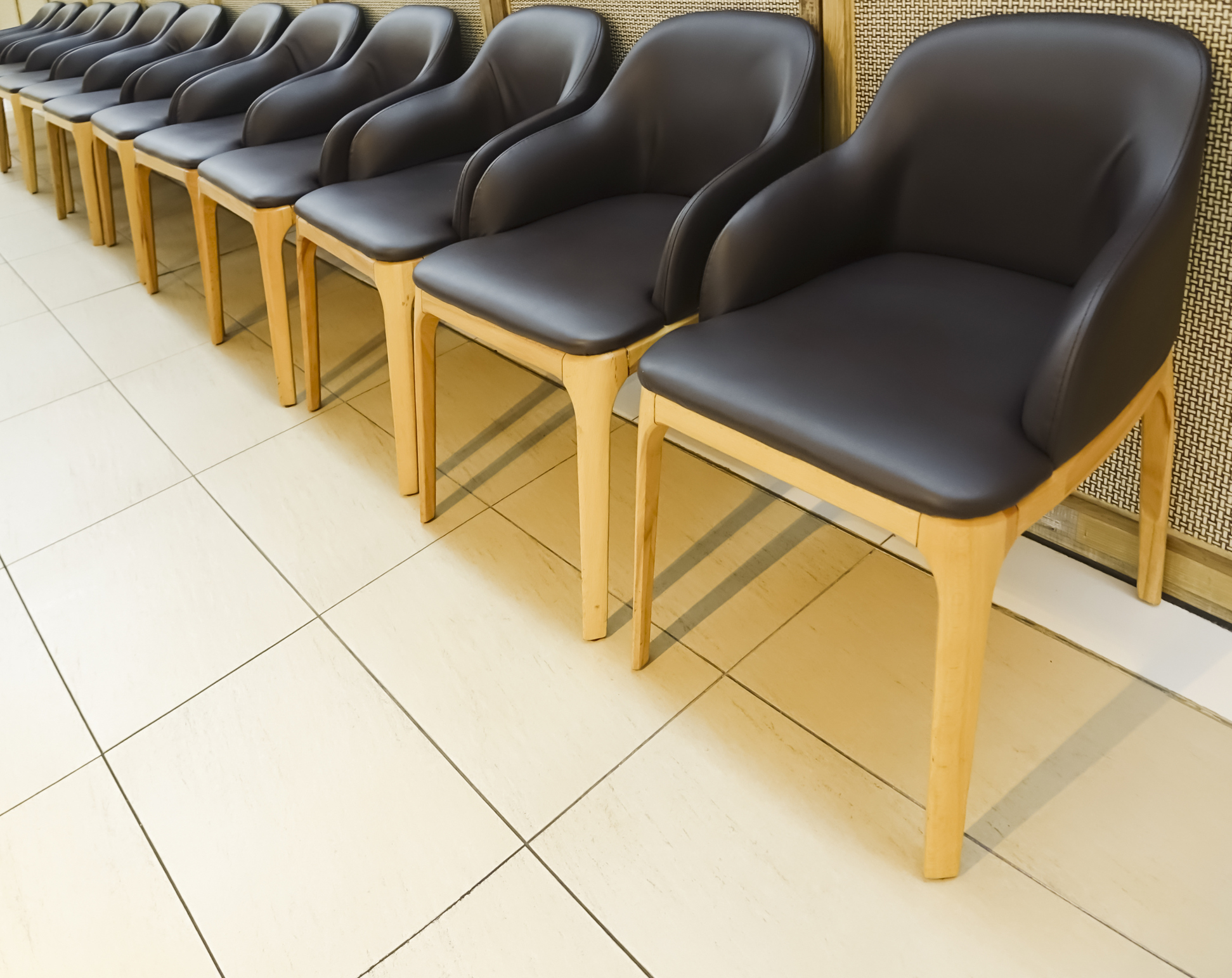Balancing Act for GP Practice Profit: Prosperity Health Benchmark Report 2018.
The fourth annual GP practice benchmark study conducted by Prosperity Health, part of the Prosperity Advisers Group, has been released revealing some interesting insights for practice owners and GPs.
The Prosperity Health GP Practice Benchmark study covers KPIs across Trading, Growth & Performance, Staffing and Operating Costs. The wide-reaching study also asks participating GP practice owners to rate how they felt about various competitive forces and performance sentiment.
The study shows that a major impact on profitability continues to be consulting room utilisation rates. Factors impacting this continue to be a lack of available GPs to fill rooms and in some circumstances, over capitalisation – too many rooms and not enough GPs. Unlike most sectors, demand doesn’t seem to be a key factor.Overall the industry is expected to increase by an average of 3.1% over the next 5 years due to population growth, the ageing population and the gradual lift of the Medicare Freeze.
With the ageing Australian population GP consultations are expected to keep increasing however the challenge will be sourcing GPs to fill available consultation rooms and keeping room utilisation rates high - so practices can effectively service the growth and ensure profitability. We found this year that the Gross Patient Fees generated per square metre was on average just over $6,000 per square metre. Of concern, this represents a decline of almost $1,000 per square metre in comparison to our 2017 and 2015 results, which is also supported by a decline in room utilisation rates.
Perhaps unsurprisingly, 60% of GPs in the study felt it was harder to run a GP practice this year than it was last year, which was a similar response to last year.
Running a GP practice is certainly a balancing act and this is likely to continue for some time. Smart strategies are available and the GP practices covered by this study reported solid growth in patient revenue (circa 12.5%) when compared with the industry average (3.1%, IBISWorld 2016).
To download a copy of the report click here.



